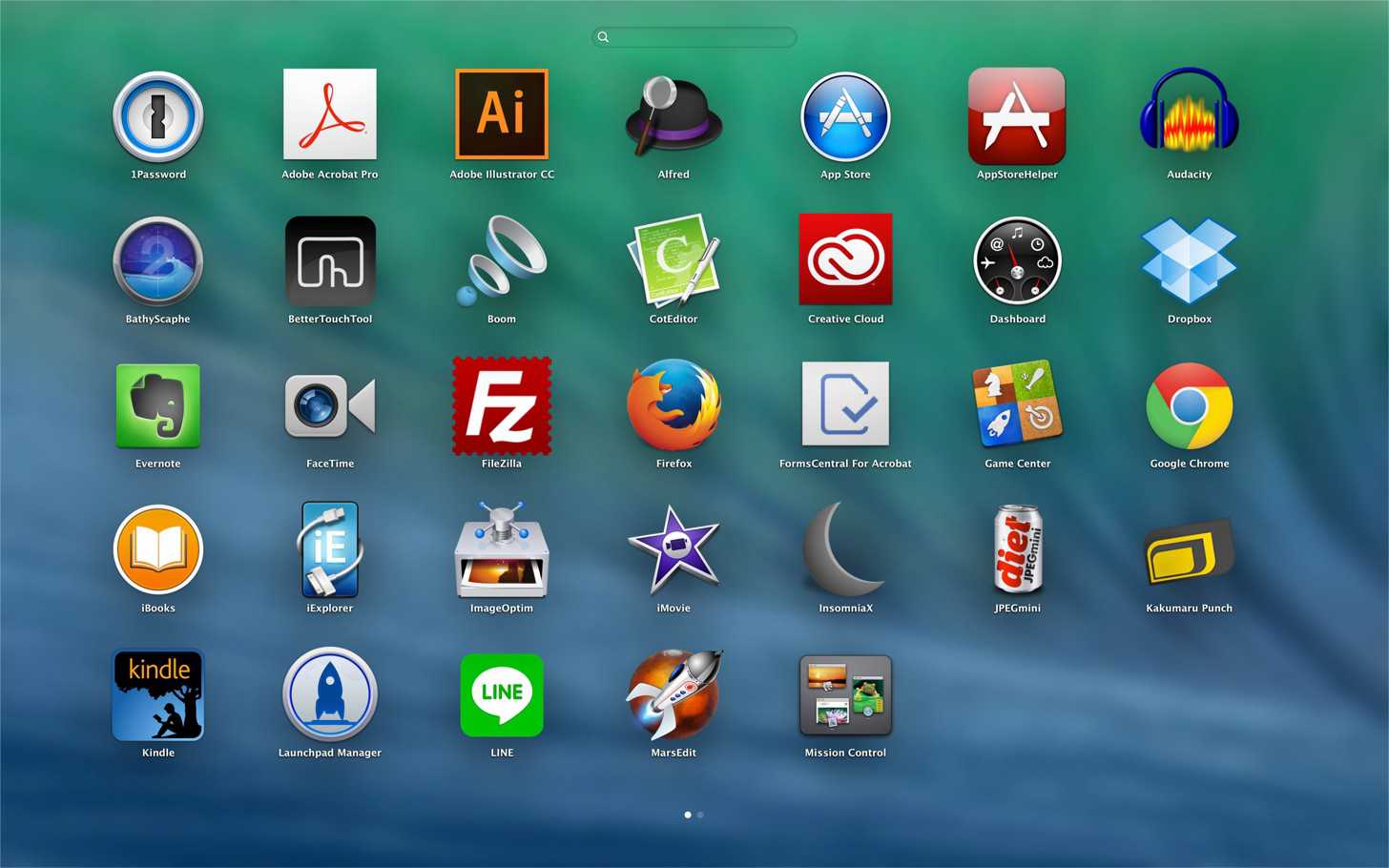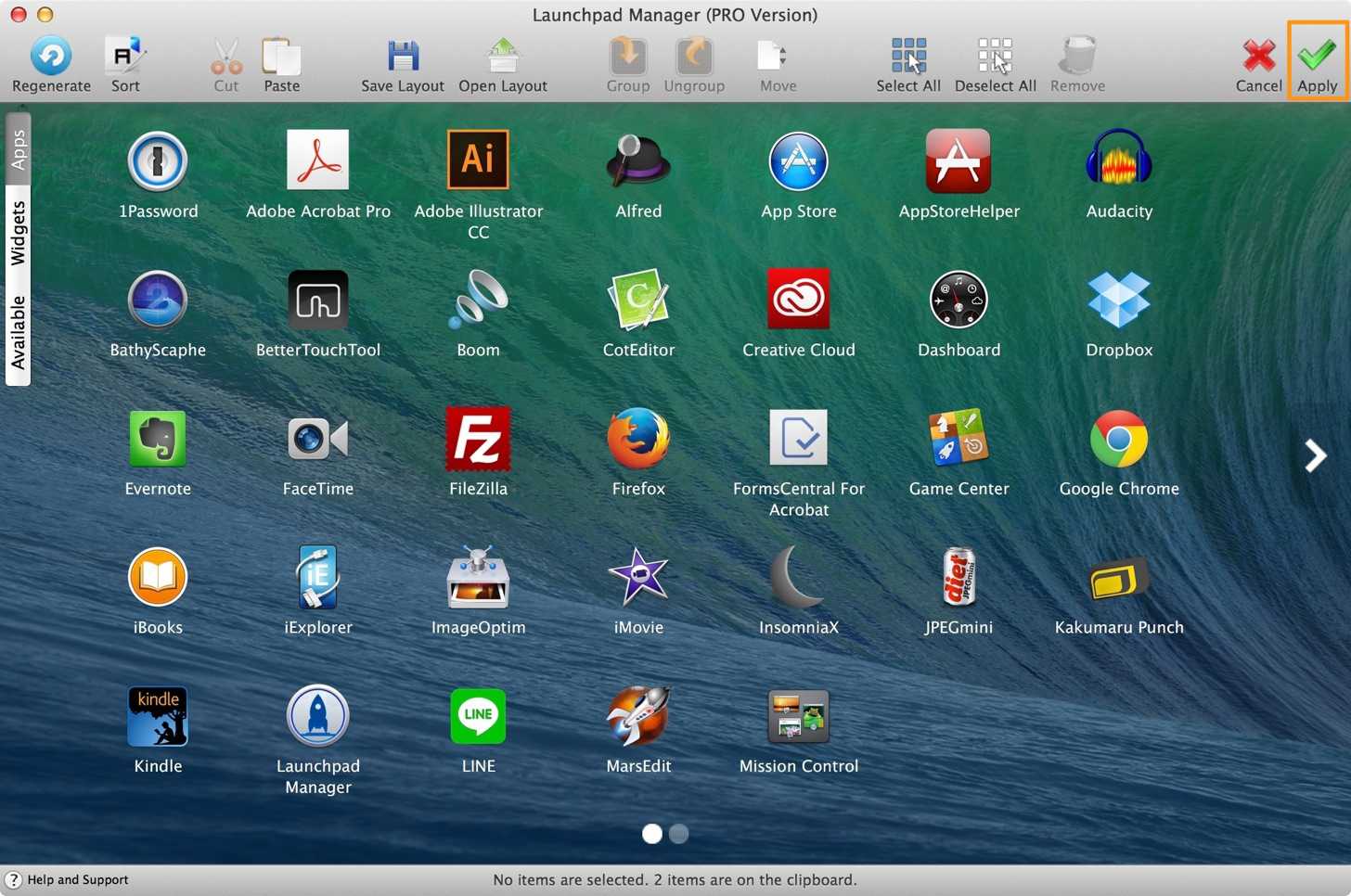

During NASA’s space shuttle program, some ultimately successful launches had to be postponed multiple times. In an industry where “space is hard” is a cliché, such delays aren’t out of the ordinary, even when the weather cooperates. At 11:17 am Eastern time, Blackwell-Thompson made the call to scrub the launch attempt. Eventually, it became clear that that fitting would have to be removed and replaced. The leak seems to stem from a seal in the 8-inch quick disconnect, a fitting used for the liquid hydrogen supply line from the ground system. “Hydrogen's difficult to work with,” said Jim Free, associate administrator at NASA headquarters, during the post-scrub press conference. After making these fixes, they returned the rocket to the launch pad on August 18, and then four days later declared that the SLS had passed its flight readiness review, scheduling the first launch attempt for August 29.īut that’s when the hydrogen leak arose, after the oxygen had been mostly fueled up. The team got closer in June, when they were able to fully load the propellant and practice the countdown to within 29 seconds of launch-but they discovered a faulty helium check valve and a liquid hydrogen leak. A “wet dress rehearsal” test in April, during which NASA engineers tested fueling and running the countdown sequence, sent the rocket back for some repairs. Its development had so many delays and budget overruns that at one point it seemed doomed. But the rocket, built by contractors Boeing, Northrop Grumman, and Aerojet Rocketdyne, has already had a rough ride.


NASA plans to use the SLS rocket design, with some variations in capabilities, for the entire Artemis program. “The team tried three times to resolve it all three times they saw a large leak.” The team had encountered a smaller leak during Monday’s launch attempt, but today’s “was not a manageable leak,” said Mike Sarafin, the Artemis mission manager, at a press conference late Saturday afternoon. The problem today came from a leak in a line used to load liquid hydrogen fuel into the core-stage SLS rocket, posing a flammability hazard. He added that, in the space business, such challenges come with the territory, especially with new spacecraft. “We’re going to make sure it’s right before we put four humans up on top of it,” said NASA chief Bill Nelson on the space agency’s livestream following the launch scrub. But since it’s a precursor to sending astronauts to the moon-for the first time since the Apollo program-there’s a lot at stake. It’s a significant postponement for the uncrewed spaceflight, intended to fly in a lunar orbit before returning to Earth. Either way, it will delay the start of the Artemis lunar program until a new launch period opens at the end of September, or the following one does in late October. It’s not yet clear what the repairs will entail, nor if they can be accomplished on the pad or will require rolling the rocket back to the Vehicle Assembly Building.

On Saturday, NASA’s team of engineers at Kennedy Space Center in Florida decided to hold off for more repairs and troubleshooting, following a hydrogen leak discovered during liftoff preparations on the launch pad. The inaugural launch of NASA’s Space Launch System, a powerful and complex rocket built to carry astronauts to the moon and beyond, won’t be getting off the ground just yet.


 0 kommentar(er)
0 kommentar(er)
